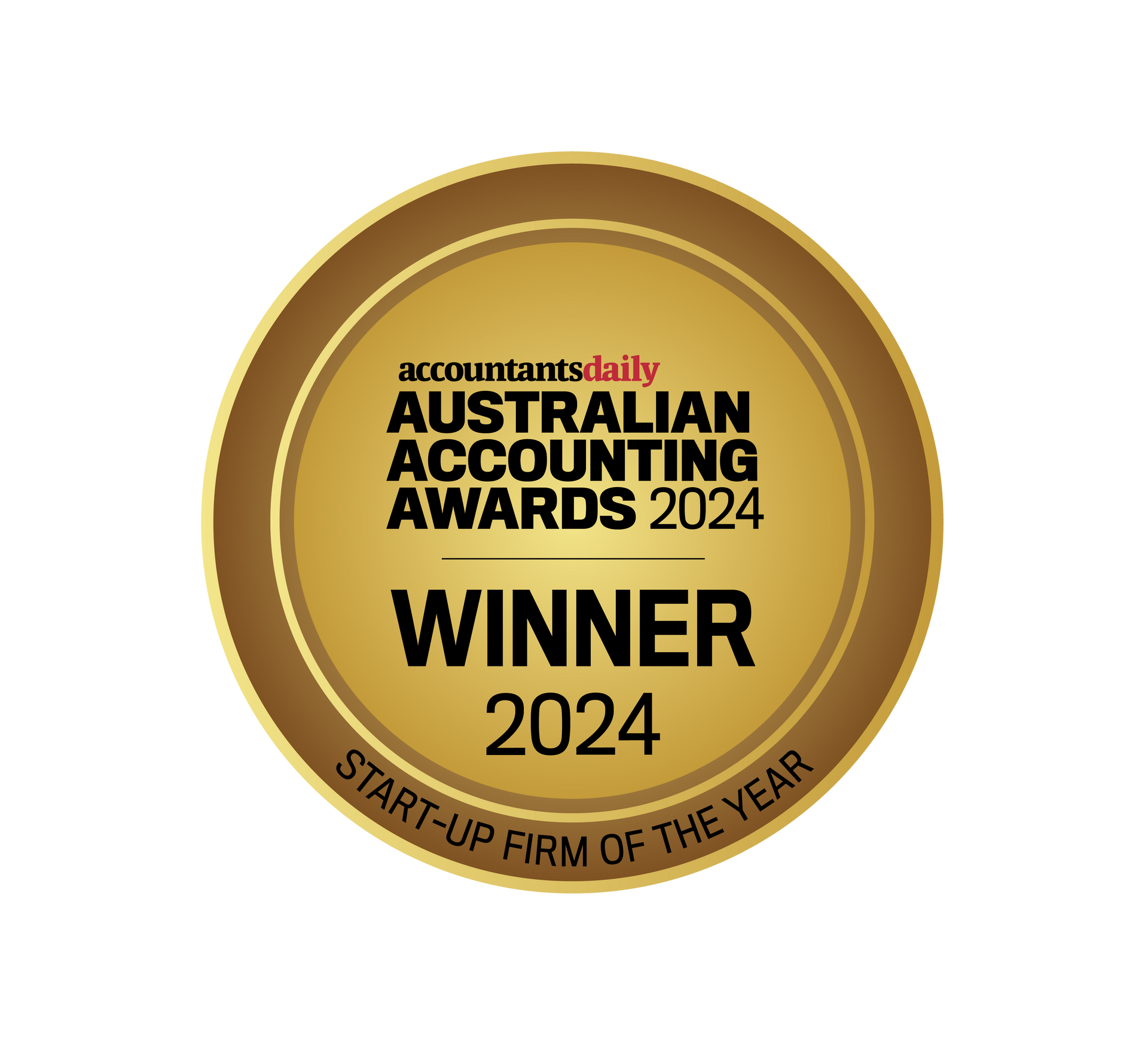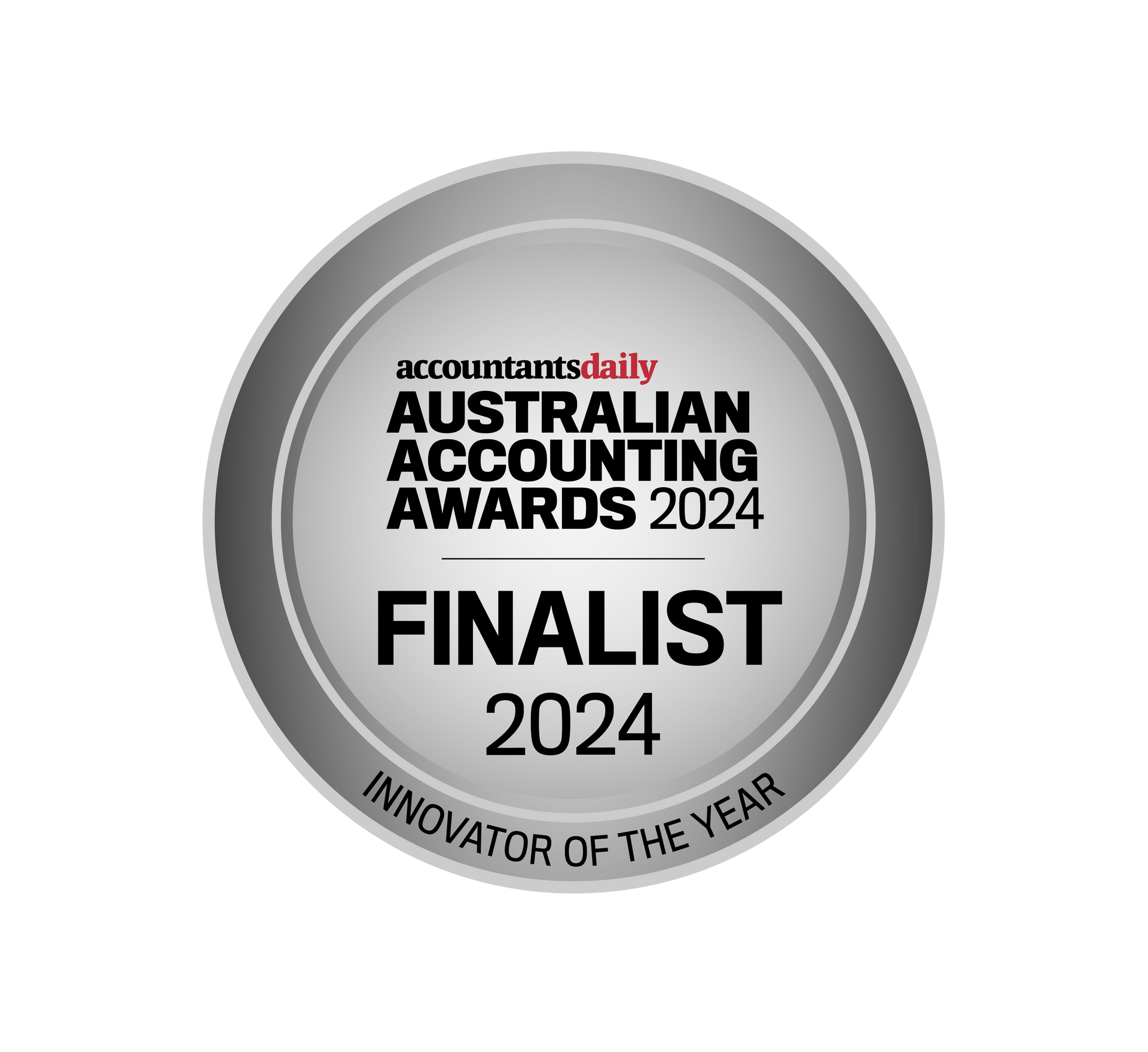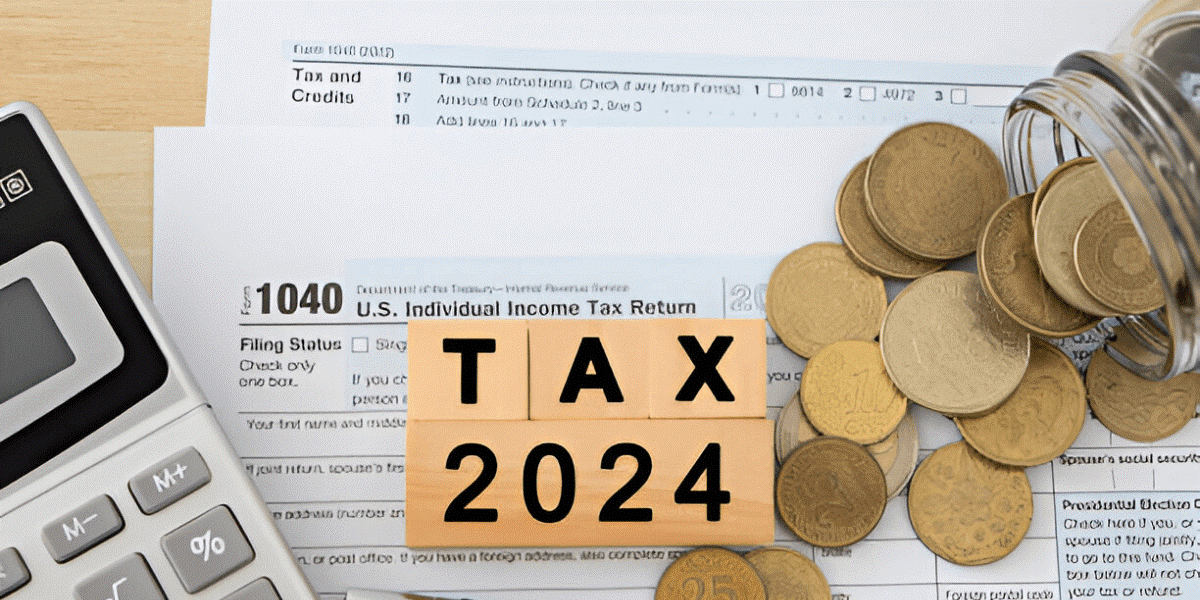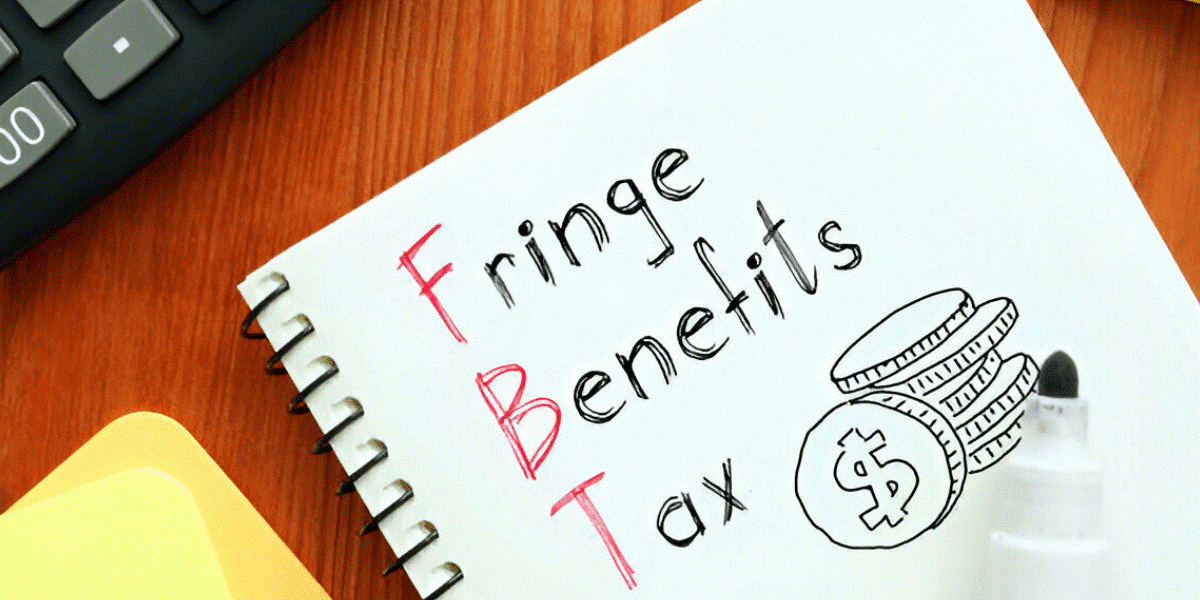How To Set up an SMSF?
A Self-Managed Super Fund (SMSF) presents a distinctive opportunity for Australians to oversee their retirement savings directly. This personalised approach to superannuation has gained notable popularity, with over a million Australians already opting to manage their own super funds.
The allure of SMSFs lies in the autonomy they offer, allowing individuals to tailor their retirement investments to their specific financial goals and circumstances. However, the journey to establishing an SMSF is not without its complexities. It requires meticulous planning and a deep understanding of the legal responsibilities involved.
From choosing the right structure and members to ensuring compliance with superannuation laws, each step is crucial for the successful setup and management of the fund. This guide aims to demystify the process, providing a comprehensive walkthrough of each stage and ensuring that those embarking on this path are well-informed and prepared to make the most of their self-managed super.
Guide to Setting Up an SMSF
Before diving into the setup process, it's crucial to understand what an SMSF is. Unlike traditional super funds, an SMSF is a private super fund that you manage yourself. It can have up to six members, and each member is typically a trustee, making them responsible for decision-making and compliance with super and tax laws.
Step 1: Assessing Suitability
The first step is determining if an SMSF is right for you. Consider factors like your financial literacy, the amount of super you have (experts often suggest at least $200,000 in super assets), and your willingness to take on the responsibilities of managing a super fund.
Step 2: Deciding on Fund Structure
SMSFs can be set up with individual trustees or a corporate trustee. Each has its pros and cons. Individual trustee structures are often simpler and cheaper to set up, but a corporate trustee offers limited liability and ease of asset transfer.
Step 3: Creating the Trust Deed
A trust deed is a legal document that outlines how the SMSF will operate. It must comply with Australian superannuation law and include details about fund objectives, membership rules, and how benefits will be paid out.
Step 4: Registering Your Fund
After establishing the trust deed, you need to register your SMSF with the Australian Taxation Office (ATO) and obtain an Australian Business Number (ABN). This registration process involves providing details about trustees and members and ensuring compliance with regulatory requirements.
Step 5: Setting Up a Bank Account
Your SMSF needs a dedicated bank account to manage its operations. This account will handle contributions, investment earnings, and benefit payments. It's essential for keeping your super assets separate from personal assets.
Step 6: Develop an Investment Strategy
An effective investment strategy is crucial. It should align with the retirement goals of members and consider risk tolerance, diversification, and liquidity. The strategy should be reviewed regularly and adjusted as members' circumstances change.
Step 7: Understanding Compliance and Legal Obligations
Compliance with super and tax laws is non-negotiable. Trustees must ensure the SMSF complies with the Superannuation Industry (Supervision) Act 1993 and the Superannuation Industry (Supervision) Regulations 1994. This includes investment restrictions, administrative duties, and accurate reporting.
Step 8: Arranging for an Audit
Every year, your SMSF must be audited by an approved SMSF auditor. This audit ensures the fund complies with superannuation laws and the fund's financial statements are accurate.
Step 9: Plan for Contributions and Benefits
You need to decide on how contributions will be made to the fund and how benefits will be paid. This includes setting up processes for rollovers from other super funds and determining if benefits will be paid as lump sums or pensions.
Step 10: Continuous Management and Reporting
Running an SMSF is an ongoing process. This involves managing investments according to your strategy, keeping records, and reporting to the ATO annually. This includes lodging an SMSF annual return, which covers income tax, regulatory information, and member contributions.
Step 11: Consider Insurance Needs
Consider whether your SMSF should hold insurance for its members. This can include life, total and permanent disability, and income protection insurance. It's an important consideration for the financial security of members and their dependents.
Step 12: Preparing for the Future
It's vital to have a plan for winding up the fund if needed. This could be due to a change in members' circumstances or if it's no longer viable to run the SMSF. Ensure a clear process is in place for this eventuality.
Seeking Professional Advice
While it's possible to set up and manage an SMSF on your own, seeking professional advice is often beneficial. This can include consulting with financial advisors, lawyers, and accountants in Australia who specialise in superannuation. Note: Tax App is an accounting firm that legally can only provide taxation related advice, for investment advice, Tax App can arrange a qualified financial planner to speak to.
End Note
Setting up a Self-Managed Super Fund (SMSF) offers a unique opportunity to take control of your retirement planning, but it's not without its complexities. This process empowers you to make direct decisions about your retirement savings, providing a tailored approach to your future financial needs.
However, it's essential to recognise the substantial legal and financial responsibilities that accompany the management of an SMSF. From adhering to superannuation laws to making informed investment choices, the task demands a thorough understanding and careful attention to detail. To navigate these challenges effectively, it's advisable to engage with professional advisors who specialise in superannuation.
Their expertise can guide you through the setup process and ensure ongoing compliance and optimal fund performance. By following the necessary steps and seeking professional input, you can establish and maintain an SMSF that's not only compliant but also conducive to a secure and prosperous retirement.
Disclaimer:
The content of these blog posts is intended to be of a general nature and should not be construed as tax or any other form of advice. We do not guarantee the accuracy or completeness of the information provided in these blog posts. It is imperative that you consult with a qualified professional, such as a certified accountant at Tax App, before taking any action based on the advice or information contained herein. Your specific financial and tax situation may require personalised guidance, and a professional consultation is recommended to ensure compliance with applicable laws and regulations.
Get Started with Us
Connect with Australia’s most innovative accountants today. Fill out our contact form, and let’s discuss how we can help you achieve your financial goals. Together, we’ll create a tailored action plan that maximises your tax savings.
Awards!
⭐⭐⭐⭐⭐






At Tax App, we offer Sydney Local, Online Accounting and Tax Services for individuals and small businesses in our community. Our technology and experienced team provide efficient and personalised solutions to streamline financial management. Trust us to be your partner in success.
Chartered Accountants
Liability limited by a scheme approved under Professional Standards Legislation
All Rights Reserved | Tax App Pty Ltd
Useful Links
Contact Us
Disclaimer: The content of this website is intended to be of a general nature and should not be construed as tax or any other form of advice. We do not guarantee the accuracy or completeness of the information provided in this website. It is imperative that you consult with a qualified professional, such as a certified accountant at Tax App, before taking any action based on the advice or information contained herein. Your specific financial and tax situation may require personalised guidance, and a professional consultation is recommended to ensure compliance with applicable laws and regulations.









